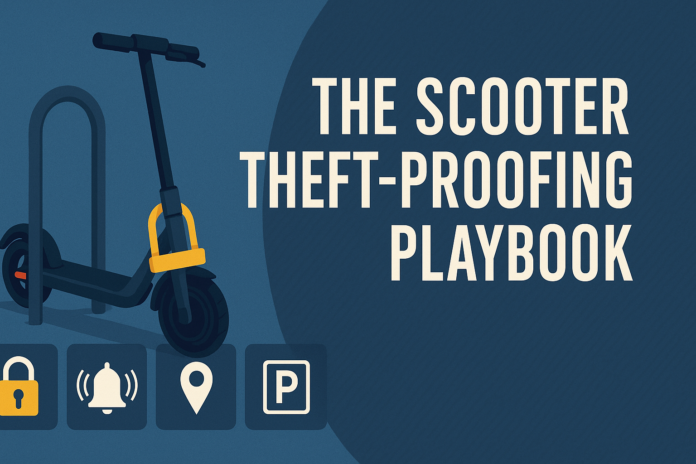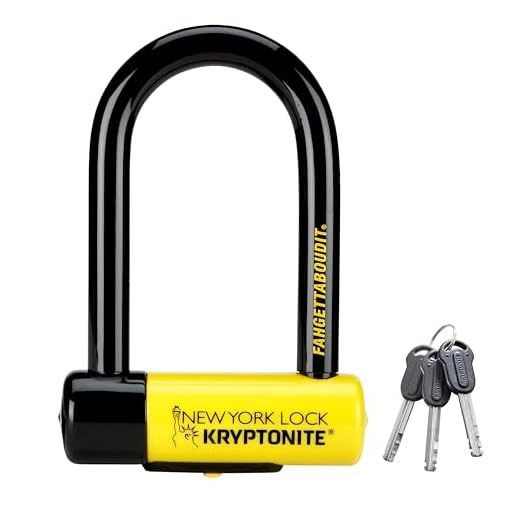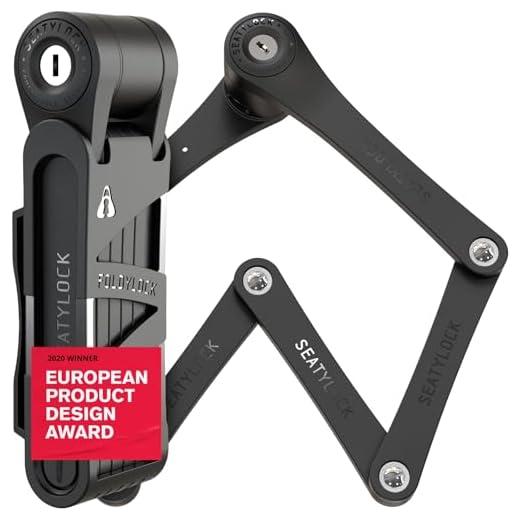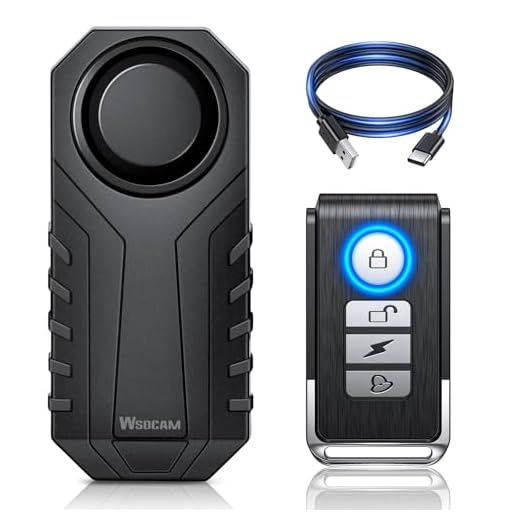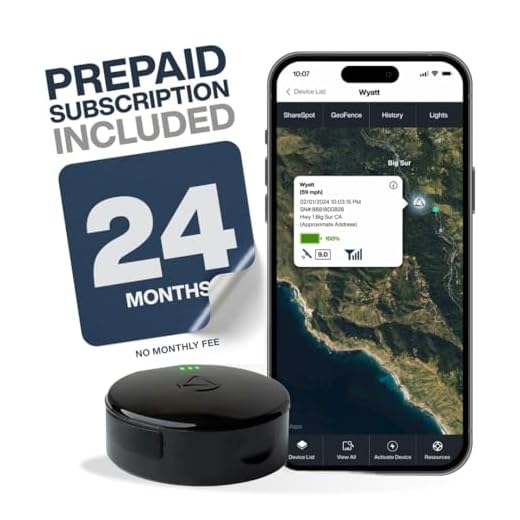Scooter theft is quick, quiet, and opportunistic. Therefore, beating it doesn’t require a fortress—it requires layers. When you combine a tough primary lock, a second lock, a loud alarm, and a hidden tracker with better parking choices, you turn your scooter into a time-wasting, high-risk project that thieves usually skip. Consequently, small habits add up to a big deterrent.
In this guide, you’ll get a practical system you can apply today. Specifically, you’ll learn how to select the right locks, where to place a second lock, how to tune alarms, how to hide trackers, and how to park smarter at home and on the street. Finally, you’ll find a concise, link-free list of five Amazon product suggestions that cover every layer without clutter.
The 5-D Defense: a simple model that works
1) Deter – Look tough to steal. For example, a thick, name-brand U-lock, a second lock, and a visible alarm LED tell thieves to move on.
2) Delay – Force time-hungry attacks. Accordingly, hardened steel, tight lock geometry, and a solid anchor at home multiply the effort required.
3) Detect – Make noise and trigger alerts. As a result, a 113 dB siren and phone notifications turn a quiet theft into a messy scene.
4) Document – Keep serial numbers, receipts, and photos handy for police and insurance; that way, recovery and claims move faster.
5) Deploy – Park in better places and anchor at home; in short, remove easy opportunities and control the environment.
Overall, thieves often scan many targets rapidly; thus, a layered scooter is the wrong scooter to mess with.
How thieves strike (and how to block each move)
The quick carry. Two people lift and vanish. Therefore, lock to a fixed object every time. If not, choose a different spot or use a short, hardened chain as a reach extender.
Cable cutters. Cheap cutters slice weak cables in seconds. Hence, use a hardened U-lock or hardened chain as your primary and keep cables only for accessories.
Leverage attacks. Thieves pry tools into big gaps. To prevent this, keep lock geometry tight and the lock off the ground to deny sledge and jack leverage.
Roll-away. If a wheel spins and steering is unlocked, pushing a scooter is easy. Accordingly, capture a wheel and the frame/fork with at least one lock; otherwise, a quick remove-and-roll defeats you.
Silent work. No noise, no attention. Therefore, add a motion alarm and park where people and cameras watch.
Locks: choose well, lock smarter
Before we name products, get the fundamentals right. After all, good technique multiplies the strength of any device.
U-locks (D-locks): maximum security per kilogram
Typically, when you want compact strength and speed, a U-lock is the standard. Look for double-deadbolt designs and hardened steel shackles (13–18 mm). Because these resist common attacks and make “tight geometry” easy, they limit tool clearance and buy you precious time.
Use it like this:
- First, pass the shackle through a fixed anchor and a hard part (frame or fork).
- Next, fill the U-shape so tools can’t fit; keep it off the ground to prevent sledge leverage.
- Then, face the keyway down or inward to limit tampering.
- Finally, tug the setup to confirm minimal movement.
Folding locks: flexible and compact
Meanwhile, folding locks hinge into a tidy bundle that mounts neatly to a frame or stem. While they trade a bit of raw strength for reach and portability, they make excellent second locks to capture a rear wheel or awkward anchor. Consequently, because they’re easy to carry daily, they boost compliance—you’ll actually use them.
Chains and auxiliaries
In some cases, a hardened chain + mini U-lock excels around oversize posts and weird geometry. Just remember, keep the chain off the ground and run it tight. Additionally, use cables only for accessories (seats, helmets, lights); otherwise, you’re trusting the weakest link.
Alarms: small devices that change the thief’s risk
Crucially, a compact motion alarm changes the calculus from “quiet and quick” to “noisy and risky.” Usually, good units chirp on a light bump and scream at 113 dB when tampered with, and they arm/disarm via remote. Because of this, even casual tampering becomes uncomfortable.
Alarm tips that help:
- To start, test sensitivity at home, then carry a spare battery for the remote.
- Additionally, pair the alarm with a blinking LED or small security sticker—visible deterrence matters.
- Above all, combine it with a lock so the alarm buys time and attention.
Trackers: recovery tools, not force fields
To be clear, trackers don’t stop theft; they help you recover a scooter faster and guide police to a location. Therefore, think of them as your backup layer.
Bluetooth “crowd” trackers (no monthly fee)
In dense cities, phone-ecosystem tags ride on nearby smartphones to update location. Accordingly, they’re nearly maintenance-free and great as a low-cost safety net. Even so, hide tags deeply and consider a two-tag strategy—one decoy, one well-hidden.
GPS/LTE trackers (subscription, live pings)
If you park long hours or ride in less populated places, then real-time location, geofencing, and motion alerts are invaluable. However, deep placement can reduce GPS signal, so test before final mounting and avoid metal enclosures. Ultimately, a live ping speeds coordinated recovery.
Parking strategy: win before you lock
First, pick people over shadows. Even with a great lock, a quiet alley invites attention. So, choose spots with foot traffic and CCTV.
Second, avoid routine. Otherwise, patterns form. Instead, rotate among two or three high-visibility options near your destination.
Third, hide the brand. Sometimes, a plain cover or low-key stickers make your scooter look less lucrative.
Additionally, mind the exit. Since thieves love fast exits to vans, park where a quick lift-and-go is awkward—near bollards, narrow passages, or crowded patios.
Finally, respect time. Because even the best street setup is still street parking, opt for an indoor spot or garage/room with an anchor for long stays.
At home or the office: anchor it like you mean it
If your scooter sleeps at home or work, then add a permanent anchor and lock to it every time. Notably, this single upgrade may be the biggest real-world boost in security. For best results, install into solid concrete with proper hardware, and place the anchor so your locks remain low and tight, awkward for tools.
Beyond that, add a motion light and a budget Wi-Fi camera aimed at the storage spot. Together, this simple combo discourages curiosity and helps with insurance.
Smart locking routine (repeatable in under a minute)
- First, choose the anchor wisely—a fixed rack or anchor set in concrete. Otherwise, you’re handing thieves an easy removal.
- Next, route your primary U-lock through the fork or frame and the anchor; keep the lock off the ground and gaps tight.
- Then, capture a wheel with your second lock—use a folding lock (or chain) to grab the rear wheel plus frame or anchor.
- After that, hide the keyway—face the cylinder down or inward.
- Subsequently, arm the alarm; bump the scooter lightly to confirm a chirp, and adjust sensitivity if needed.
- Finally, place the scooter deliberately—choose sightlines with people and cameras.
Recommended Security Kit: 5 Amazon Picks
To keep things clean, here’s a compact kit that covers every layer—primary lock, secondary lock, alarm, live GPS, and a crowd-find tag. All five items are commonly available on Amazon; however, there are no links here, just clear picks.
- Kryptonite New York Fahgettaboudit Mini U-Lock (18 mm, double-deadbolt) — compact, high-security primary lock for frame/fork to a fixed anchor; excellent deterrence and tight locking geometry.
- Seatylock FoldyLock Compact (folding lock) — versatile second lock to capture the rear wheel or reach awkward anchors; folds small for everyday carry.
- WSDCAM 113 dB wireless vibration alarm (with remote) — discreet motion alarm; set a warning “chirp” on light bumps and a loud siren on sustained movement.
- LandAirSea 54 GPS tracker (subscription required) — real-time location, geofencing, and movement alerts to speed recovery if the scooter is taken.
- Apple AirTag (1-pack) — inexpensive Bluetooth “crowd-find” tag that excels in dense urban areas; hide one deep inside as a backup locator.
Android alternative: Samsung SmartTag2.
Build-it bundles: budget, solid, and max
Budget (~€70–€120): Mid-tier U-lock + 113 dB alarm + one Bluetooth tag. This way, you’ll stop casual grabs, trigger noise if tampered with, and get basic “find nearby” help in cities.
Solid (~€170–€300): High-security U-lock + folding lock + alarm + hidden Bluetooth tag. With this combo, two different lock types plus noise multiply tools and time.
Max (~€350–€600+): High-security U-lock and/or hardened chain + folding lock + alarm + GPS/LTE tracker plus a Bluetooth decoy + home anchor. Ultimately, this layered setup is ideal for long daily parking or high-theft areas.
Real-world scenarios: what a strong setup looks like
Café stop (30 minutes):
- Anchor: Busy rack with shop windows and a camera.
- Primary: U-lock through fork + rack.
- Secondary: Folding lock through rear wheel + frame.
- Alarm: Armed; quick chirp check.
- Tracker: Hidden and ping-ready.
Result: Tight geometry, noise on touch, and constant eyes—therefore, high effort for a thief.
Office day (8 hours):
- Anchor: Indoor room or dedicated rack; ideally, your own wall/ground anchor in a storage area.
- Primary: U-lock to anchor.
- Secondary: Chain or folding lock capturing a wheel + frame.
- Alarm: Armed; sensitivity one click lower to reduce false triggers.
- Tracker: GPS/LTE unit for live pings; Bluetooth tag as a decoy.
Result: No quiet path, live location if moved, and staff nearby—hence, far less attractive.
Overnight (home):
- Anchor: Installed floor or wall anchor in concrete.
- Primary: U-lock to the anchor.
- Secondary: Chain through the other wheel and frame.
- Alarm: Armed with a short delay.
- Camera & light: Aimed at the spot; motion light triggers fast.
Result: Huge time cost, big noise risk, and video evidence—so thieves look elsewhere.
Concealment ideas for alarms and trackers
Under-deck pocket: Many decks have space for a small alarm or tracker in a plastic box with foam. Moreover, plastic won’t block Bluetooth/GPS.
Inside side panels/fairings: Similarly, plastic panels allow signals; however, metal blocks them.
Stem cavity: Sometimes, stems accept a tiny device; zip-tie it to stop rattles.
Within accessory bags or seats: Alternatively, stash a device under foam or liners.
Cable camouflage: Finally, spiral-wrap a tracker along existing wiring to hide its shape.
Always, test signal after placement. For LTE/GPS, confirm update frequency and geofence alerts; for Bluetooth, walk away and verify “last seen” updates and audible pings.
Documentation, insurance, and recovery—do this now
First, record identifying details. Specifically, photograph the scooter from all sides, the serial/VIN (often under the deck or on the head tube), and your lock/anchor setup. Then, save receipts and tracker IDs to cloud storage.
Next, check insurance options. Sometimes, renter/home policies cover theft from certain locations; alternatively, specialty plans exist in some regions. With proof ready, claims move faster.
If it’s stolen:
- Immediately, ping the trackers and share the live location with police—do not confront anyone yourself.
- Then, file a police report with serial, photos, receipts, and tracker details.
- Afterward, post to local recovery groups with clear photos and a short reward note.
- Finally, watch for listings on local marketplaces and inform authorities rather than meeting alone.
Common mistakes (and quick fixes)
- Relying on a cable as your only lock → Instead, upgrade to a hardened U-lock immediately.
- Locking only a wheel → Therefore, capture frame/fork + anchor so a wheel removal doesn’t beat you.
- Leaving big gaps → Consequently, go tight to deny pry bars and bottle jacks.
- Skipping alarms → Because a small siren adds noise and panic, thieves hate attention.
- No tracker in a dense city → Accordingly, add a low-cost Bluetooth tag as a backup.
- Only one tracker → Preferably, run a decoy + hidden placement strategy.
- Parking out of sight → Instead, pick people and cameras over shadows.
Maintenance that preserves your security
- Lock care: Periodically, keep cylinders dust-covered and add a drop of lock-safe lubricant.
- Bracket checks: Monthly, tighten mount bolts; a rattly lock invites damage.
- Alarm batteries: Proactively, replace on a schedule; keep a spare in your bag.
- Tracker health: Regularly, test alerts and confirm geofence accuracy.
- Anchor inspection: After installs, re-check bolts and shroud fit; likewise, revisit after heavy weather.
Your 10-minute plan (do this today)
- Immediately, assemble the five-item kit above (primary U-lock, folding lock, alarm, GPS tracker, Bluetooth tag).
- Next, practice the tight, off-ground lock technique at home—once you feel it, it’s automatic.
- Then, mark two high-visibility parking spots near your usual destinations.
- After that, record serial, photos, and receipts to cloud storage.
- Finally, install a home anchor if you ever park overnight in a garage or storage area.
Final word
In the end, security isn’t about perfection; it’s about stacking small advantages. With a serious primary lock, a nimble second lock, a loud alarm, a hidden tracker, and smarter parking habits, you make your scooter the least attractive target on the block. Stick with a clean, five-piece kit, follow the routine every time you park, and ultimately you’ll frustrate thieves before they even start.


